When I ask students to complete a pre-school questionnaire with their goals, the number one answer, hands down, is they would like to become more consistent with their ball striking. Most will say that they hit good shots from time to time, but they lack consistency. Their faulty swing mechanics are what is limiting their consistency, and this starts with compensating factors that are built into their set-up position. For example, a chronic slicer will align to the left of the target and strengthen the grip or close the clubface to reduce the slice. A golfer that casts or releases the club early will place the ball back in their stance to gain better contact, avoiding fat or thin shots.
The ability to position the body correctly at address serves several vital objectives that are at least as important as the swing itself. The quality of every movement in the swing is a byproduct of your set-up at address. Proper set-up creates the foundation for a consistent swing path, solid contact, and ultimately, better scores on the course. By focusing on your set-up, you can eliminate many compensations and bad habits that lead to inconsistent ball striking. This article will guide you through the essential aspects of setting up correctly and provide drills to help ingrain these fundamentals into your routine.
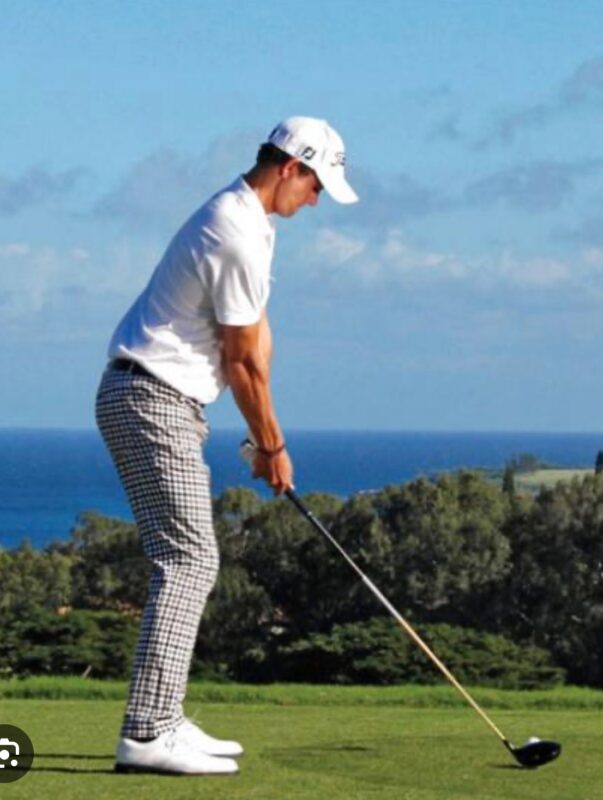
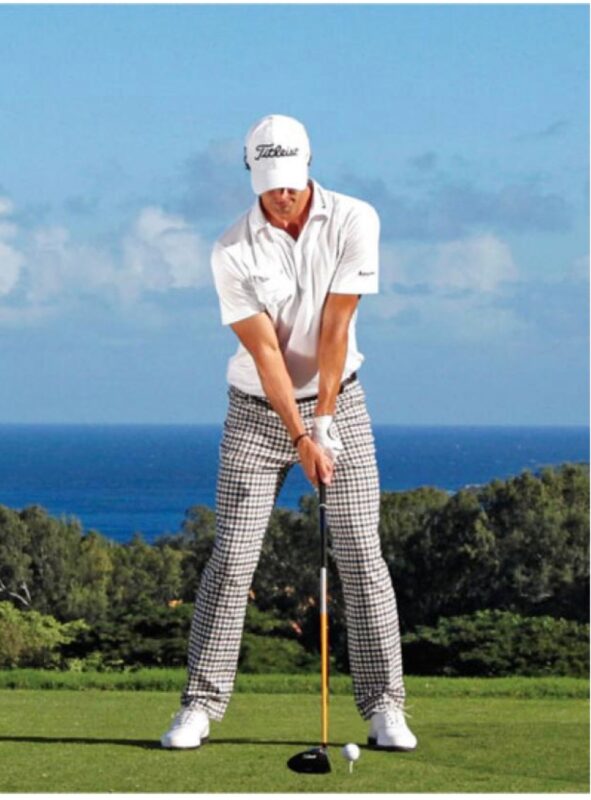
Whether viewed from down-the-target-line (left) or face-on (right), a good set up allows the golfer to look as if every shot will be powerful and straight.
Ball Position
Once the swing begins, your whole attention is focused on the task of striking the ball, and your body will do whatever is necessary to make it happen. Where you decide to place the ball on the ground in relation to your feet has an enormous influence on how your body reacts in your attempt to find the ball with the clubhead. If the ball is positioned correctly, you can swing the club freely without having to make compensations with your body.
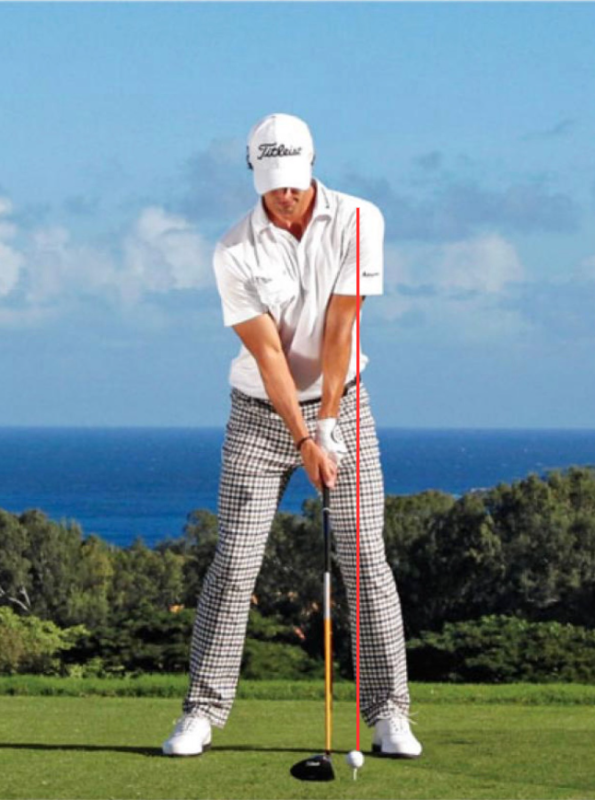
With the driver the ball is positioned opposite the left heel (notice the ball lines up with the left shoulder) and the ball moves back slightly as you progress to your irons. However, the ball position for the 9-iron is only moved three inches back from the driver position and the stance is narrowed.
The main issue from this view of the swing is golfers place the ball too far back in their stance at address. When the ball is positioned too far back in the stance, you can’t use the lower body effectively during the downswing. Placing the ball too far back in the stance necessitates a weak, arms only swing that lacks power. By training the correct ball position, your lower body will start contributing more to the swing and your ball contact and power will improve.
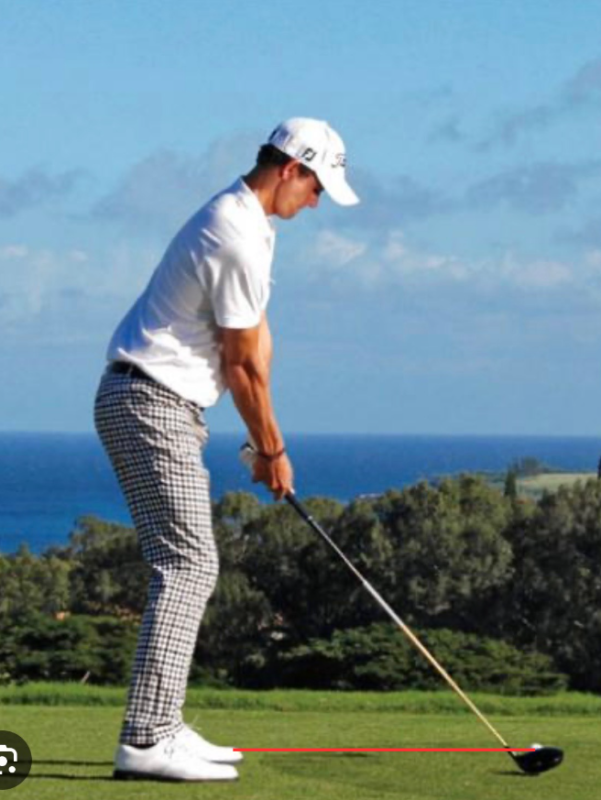
The proper distance away from the ball (toe-to-ball distance) is dictated mostly by the length of the club. This helps the golfer to establish the proper swing path during the swing. The range will vary slightly due to club length, swing style and body type but a general guide is the driver is 34-36 inches, the 5-iron is 22-24 inches and the 9 iron is 19-21 inches. Making it a point to stand the proper distance from the ball will allow the club to perform in the way it was designed.
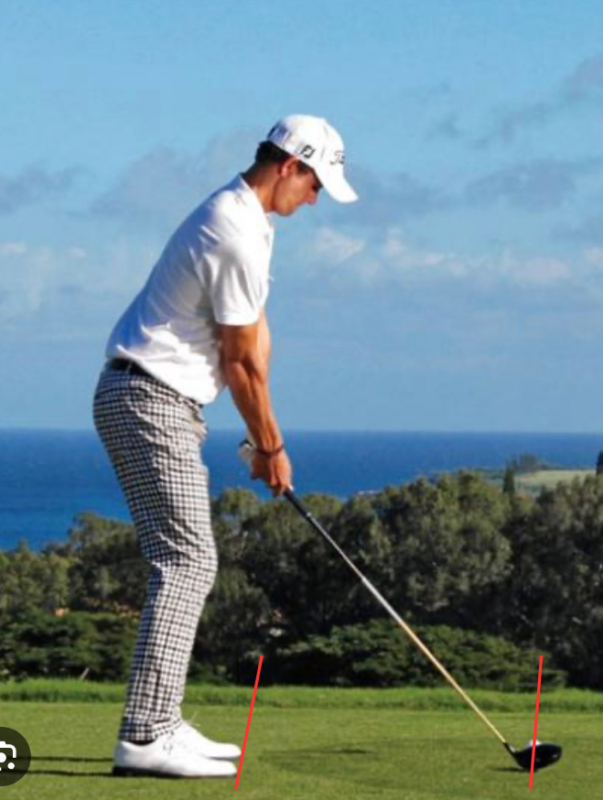
The feet are aligned parallel to slightly open relative to the target line. The left foot is turned out, toward the target, the right foot is positioned straighter and slightly forward of the left foot. Since the power of the swing comes from the big muscles, this alignment and foot position allows more contribution from the lower body. The better players have realized that, to apply maximum power, there must be emphasis on downswing shift and rotation.
In my experience teaching thousands of golfers, the same set up mistakes tend to occur repeatedly. A common one that is many times done on purpose is a closed stance alignment. It is usually prescribed as a slice cure, a counter to the outside-to-inside swing path that causes a slice. But aiming way to the right is a band aid cure and it creates more problems than it solves. Aiming to the right causes your backswing path to be dramatically more inside. My experience has been that the farther you swing inside on the backswing, the farther outside the you will swing in the downswing. This will be worsening your tendency to swing outside-to-inside. The closed stance limits the forward movement as well as the rotation of the lower body during the downswing. To compensate for this restriction, the upper body is normally used to bring the club around the body. Due to the decrement in swing quality and the restrictions placed on the lower body the resulting clubhead speed will also be lowered.
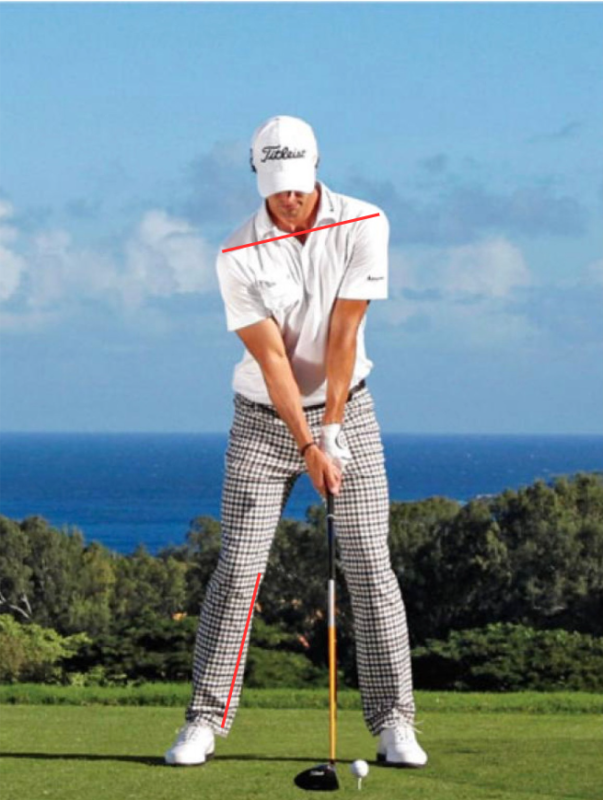
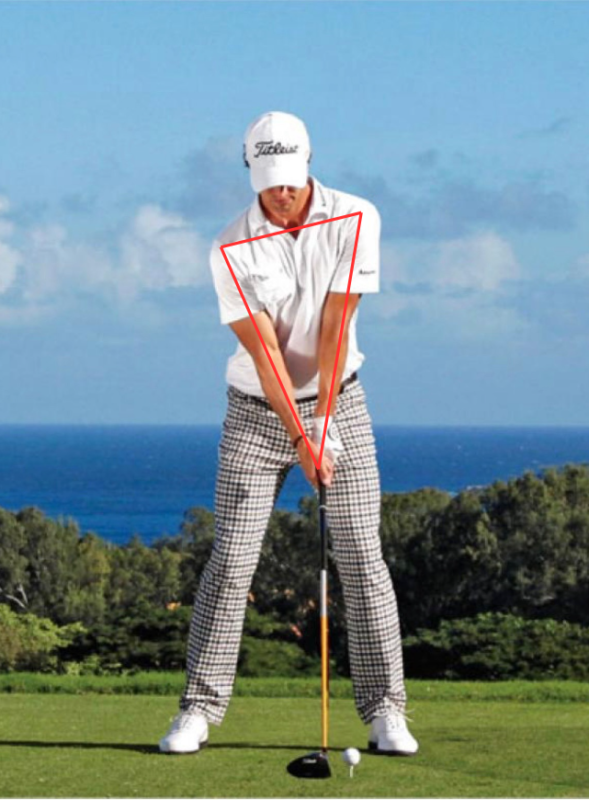
Other components to consider at set up include:
The right knee is angled inside the right ankle so it can control the natural tendency for the knee to move away from the target during the backswing.
The shoulders are tilted, or inclined, so the right shoulder is below the left shoulder. This allows for the proper placement of the right arm to reach across your body and join the left so that both hands, the club and the ball are opposite your left heel at address. A triangle is formed with the arms, and they merge together at a point just inside the center of the left leg. By placing the hands forward at set up, it becomes easier to return them to a forward position at impact.
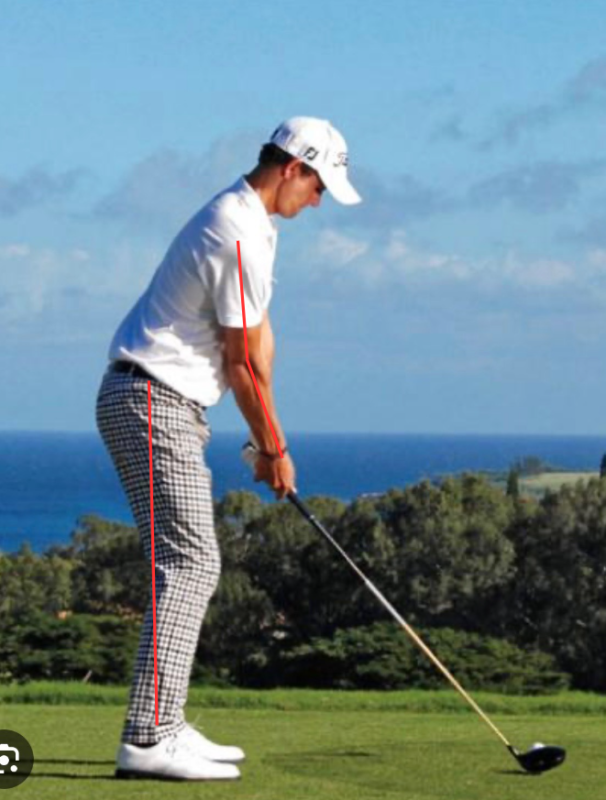
The right elbow is slightly flexed, while maintaining the left arm in a virtually straight position. This allows the left arm to be visible above the left.
The weight is positioned slightly towards the balls of the feet and distributed evenly between the two feet. This is the type of posture and balance you want to produce when executing a good set up for golf. A good checkpoint is the center of your hip should be positioned over your ankle joints.
